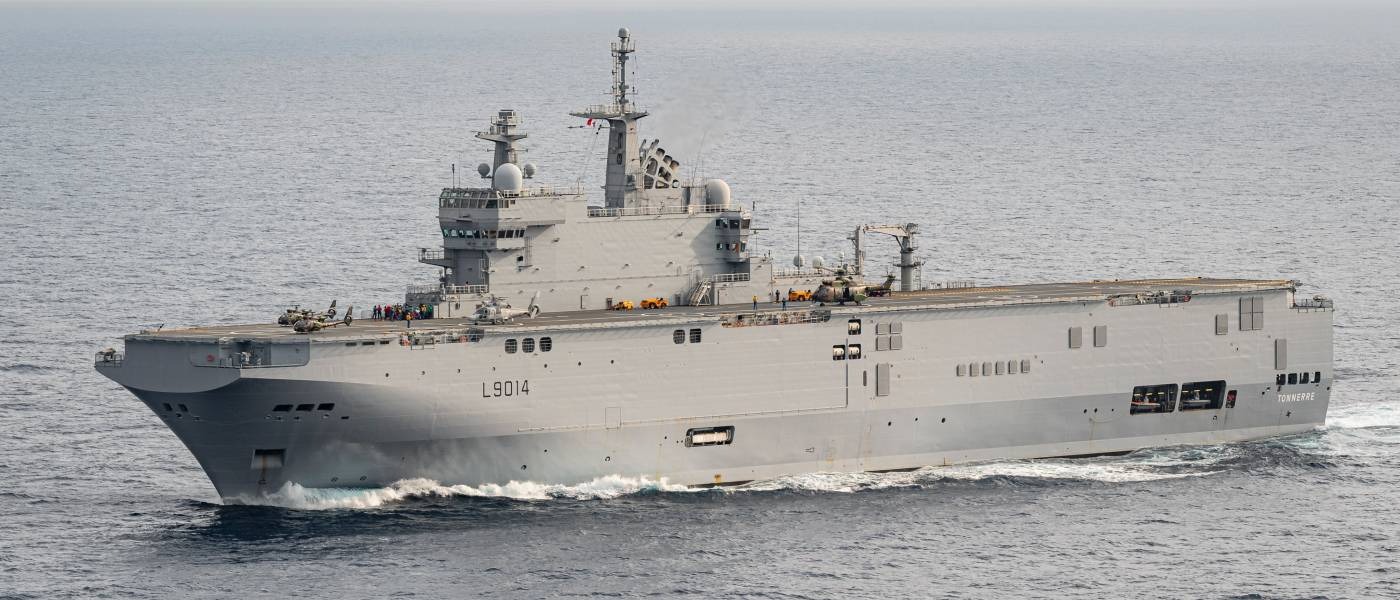The European Union is conducting its first military exercises
19 October, 2023 Armored vehicles of the EU countries at the MILEX-2023 exercises, October 2023 The European Union has commenced large-scale Crisis Management Military Exercise 23 (MILEX 23), which will involve 2,800 people. The news was announced on the website of the European Union External Action.
"Between October 16 and 22, the EU will hold its first exercise at the Naval Station Rota in Cadiz, Spain," the statement reads. MILEX 23 will have two connected parts. The first part consists of a Command Post Exercise.
This will test the military planning process at the military strategic and operational levels.
 MILEX-2023 Command Post Exercise, October 2023
MILEX-2023 Command Post Exercise, October 2023
The second part is the LIVEX and will take place between October 16 and 22, 2023, during which the EU Battle Group-sized force consisting of 31 units and 2 800 personnel will deploy in a simulated Theatre of Operations in the province of Cadiz and will execute the Operational Plan developed during the CPX. As part of the exercises, Spain will deploy its flagship amphibious assault ship Juan Carlos I (L-61).
 Mistral-class Tonnerre (L9014) amphibious assault helicopter carrier. Photo from open sources
Mistral-class Tonnerre (L9014) amphibious assault helicopter carrier. Photo from open sources
France will also deploy the Tonnerre amphibious assault helicopter carrier, which will include amphibious assault boats from the amphibious flotilla, an onboard combat team from a Marine tank regiment, and five army helicopters.
MILEX
MILEX exercises have been organized in the EU before, but until now, they have been delegated to the member states.
This year's exercise will be the first to be managed by the European Union's defense structures, namely the European Union Military Committee (EUMC) and the European Union Military Staff (EUMS). "MILEX 23 is the culmination of almost 14 months of detailed planning and preparation led by the Concepts and Capabilities Directorate of the EUMS. The purpose of the exercise is to further strengthen the EU's military readiness to respond to external conflicts and crises," the diplomatic service of the European Union explains.
The exercise of the European Union's Joint Battlegroup is a continuation of the policy aimed at ensuring the ability to rapidly deploy its 5,000-strong force in the event of a crisis or conflict affecting EU interests or citizens.
The EU RDC is to be established by 2025 and will complement national defense structures and NATO defense mechanisms.
The creation of a joint force would provide Europe with autonomous capabilities while integrating certain EU countries that are not members of the Atlantic Alliance, such as Austria, Ireland, and Malta.